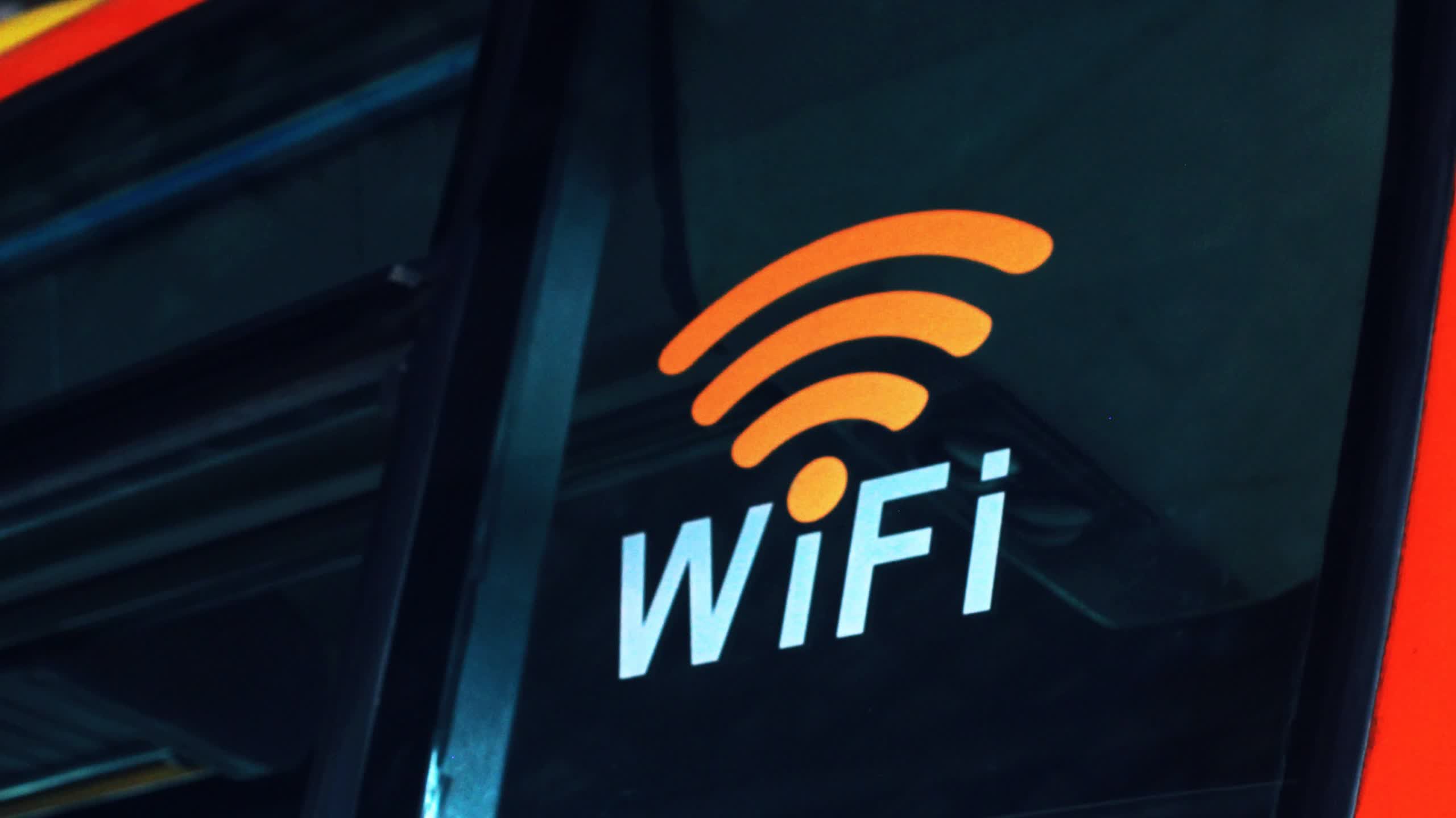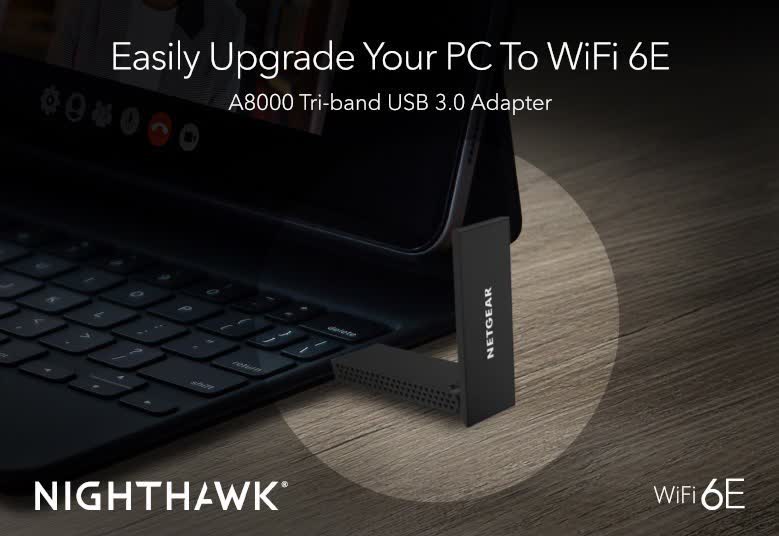The big picture: Widespread adoption of Wi-Fi 7 is probably over a year away. In the meantime, Netgear has a new solution designed to make Wi-Fi 6E more accessible. The new adapter could help mitigate the strong headwinds the standard has faced since its introduction.

Netgear recently introduced a USB adapter that makes Windows PCs compatible with Wi-Fi 6E networks. The attachment could significantly boost bandwidth and connection reliability while everybody waits for Wi-Fi 7, which tech companies have only recently started demonstrating.
The Netgear Nighthawk AXE3000 is a USB 3.0 (USB-A) dongle that can reach speeds beyond 1Gbps, depending on network bandwidth. When paired with a Wi-Fi 6E router like the RBKE960 mesh router system Netgear released last year, the AXE3000 can hit 3Gbps. The dongle can also connect to Wi-Fi 6 if a 6E signal is unavailable.
The AXE3000 has two modes. For more compact operation, it can plug directly into a USB port. It also has a cradle that connects to the computer with a cable. While in the cradle, the dongle folds out for better antenna coverage.

Wi-Fi 6E is essentially Wi-Fi 6 with added access to the new 6GHz spectrum for increased bandwidth. Unfortunately, interest in Wi-Fi 6E has been lukewarm for several reasons.
The main problem is that the standard launched just in time for pandemic supply chain shocks, making Wi-Fi 6E hardware challenging to manufacture. Furthermore, the IEEE hasn't completely finalized 6GHz standards. Most device makers are sticking with the reliable Wi-Fi 6 until Wi-Fi 7 is ready.
Final IEEE approval of Wi-Fi 7 specifications could happen in 2024, which is also the earliest Intel expects to have Wi-Fi 7 desktops and laptops on the market. MediaTek performed one of the first Wi-Fi 7 demos at CES in January. Intel and Broadcom demonstrated cross-vendor compatibility of the upcoming spec earlier this month, reaching speeds of up to 5Gbps. Wi-Fi 7 should hit 5.8Gbps while maintaining more stable simultaneous connections across higher numbers of devices than Wi-Fi 6.
Netgear hasn't provided a price or release date, so those interested in the AXE3000 can sign up for notifications on its store page.
https://www.techspot.com/news/96091-netgear-new-usb-adapter-can-bring-wi-fi.html